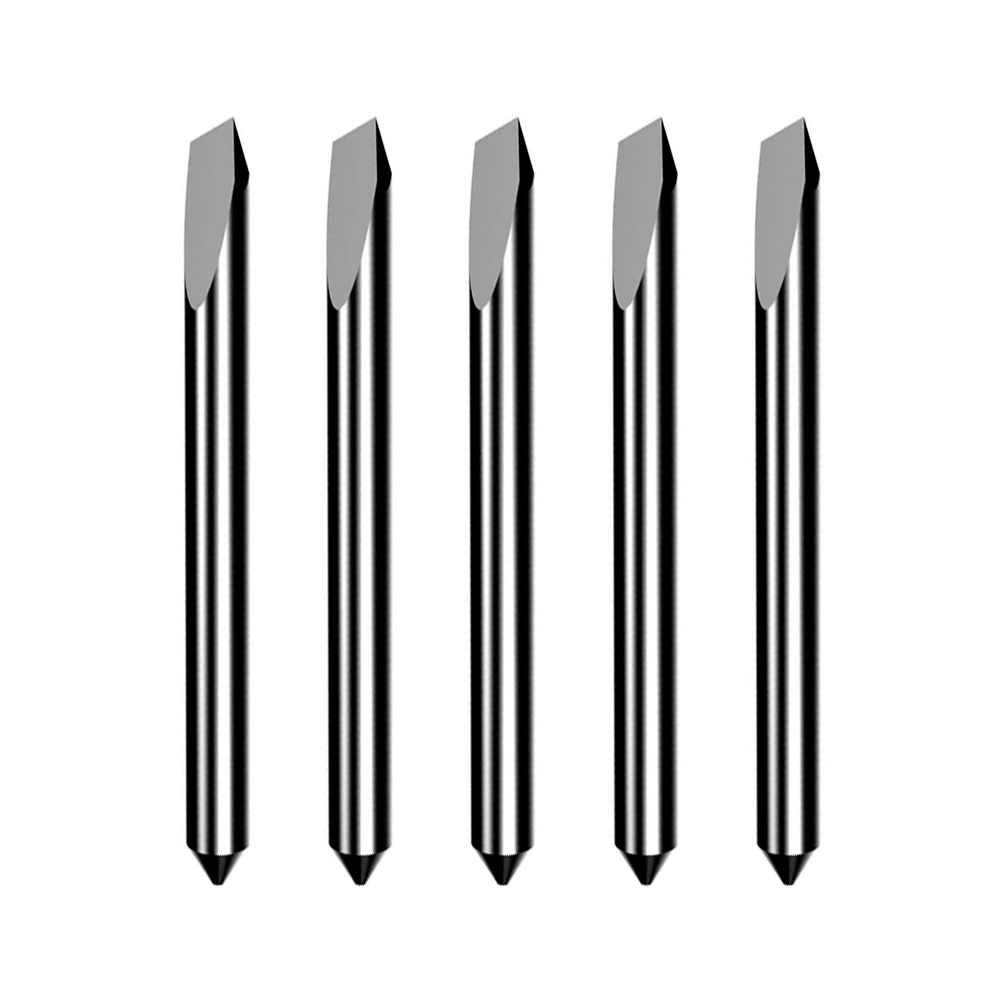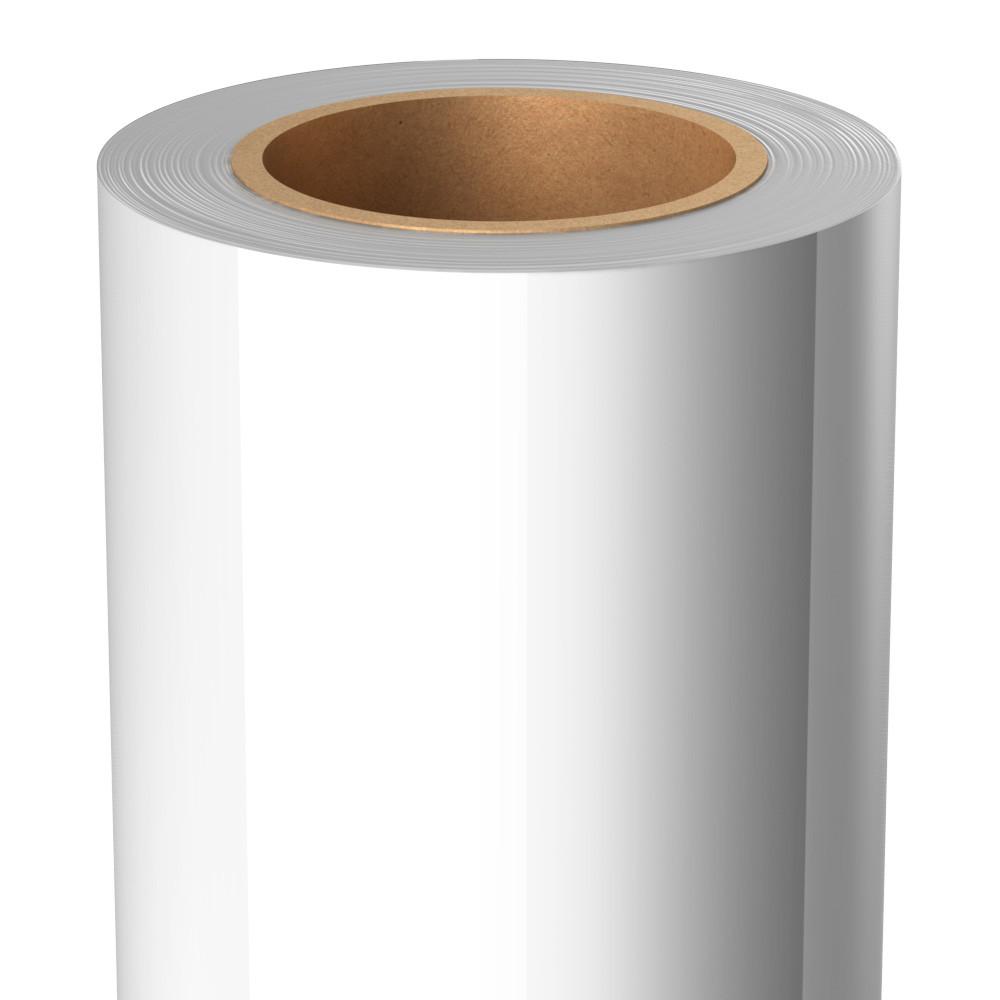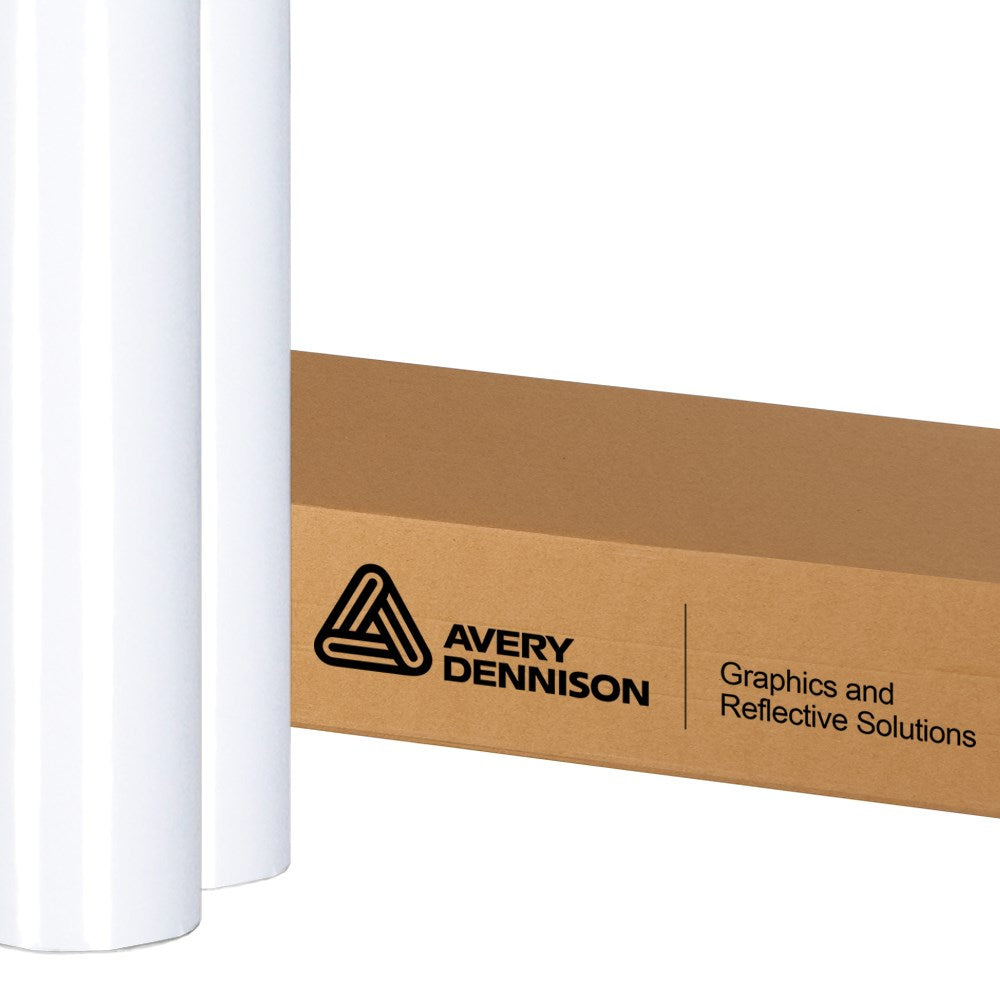If you’re just starting your own sign-making business or looking to upgrade your outdated equipment, your vinyl roll cutter is one of your key investment pieces. Professional quality plotters and cutters, like Summa S3 cutters, can take your finished products to the next level and result in happy, repeat customers.
But not all cutters are the same, and not all have the capabilities to produce premium products. In this article, we’ll dive into the key features you should look for in high-quality, commercial vinyl roll cutters and how these features can pay you back in the long run.
Why Do Features Matter?
It’s no secret that lower quality equipment is more likely to result in lower quality products. But when you’re looking at price tags, it’s easy to throw logic out the door and dismiss important features as just ‘bells and whistles.’
However, many of these features serve a purpose. The investment you make in your equipment can return to you quickly when you can enjoy:
- Faster turnaround times on projects
- Increased efficiency in production
- Reduced need for labor
- Automated production procedures
- High-quality products
When you can churn out high-quality products in a short span of time, you can increase client satisfaction and open your schedule to more customers.
Certain roll cutters have automated processes, which allows your workers to manage other tasks or start new projects without going into overtime. All of these factors combined improve your business’s efficiency and ability to take on more projects.
Features to Consider
While in the past, you could purchase vinyl roll cutters based on their price, speed, and force, the features available in today’s market blow those products out of the water. If your sign-making business wants to remain competitive and produce premium products, you need a cutter that can keep up with the times.
But which features should you look for, and what do they mean? Let’s break down which features matter most for vinyl roll cutters.
The Drive Motor
Your vinyl cutter’s engine is its drive motor, which powers the grit roller used to advance and retract media and moves the blade across the platen. There are two types of drive motors:
- Mechanical stepper motors: This motor moves in small increments driven by gears. These can be loud, harsh, and often struggle with precision on small graphics (less than a half-inch in size).
- Digital servo motors: In these motors, a digital encoder translates the software’s commands into binary code (ones and zeros). This allows for smooth, precise movements from the drive motor and cutting head. These motors are quieter and the cutter can turn and pivot along smaller paths with precision, including letters as small as one-eighth of an inch.
We recommend choosing a vinyl cutter with a digital servo motor because of their superior tracking, precision, and range for cuts.
Tracking Abilities
Tracking is critical for producing medium and long graphics (like banners, parietal vehicle wraps, etc,) efficiently. Poor tracking capabilities can lead to wasted material and time. While the drive motor can impact the tracking abilities of your cutter, other factors play a role in optimal tracking, namely:
- The pinch roller assemblies
- The floor stand
- Features in the control panels on the cutter
- The size capabilities of your cutter
If you are doing small-scale, hobby-sized decals, an entry-level cutter will be able to track and cut those smaller images. However, most professional sign makers require a desktop cutter or a cutter with tracking abilities of over ten feet. Review the manufacturer’s vinyl cutter performance guide to gauge if their cutter’s tracking abilities can deliver what you need.
Looking for more insights on sign-making, including where to buy rolls of vinyl for vinyl cutters? Check out our latest post, or reach out to our experts today!





